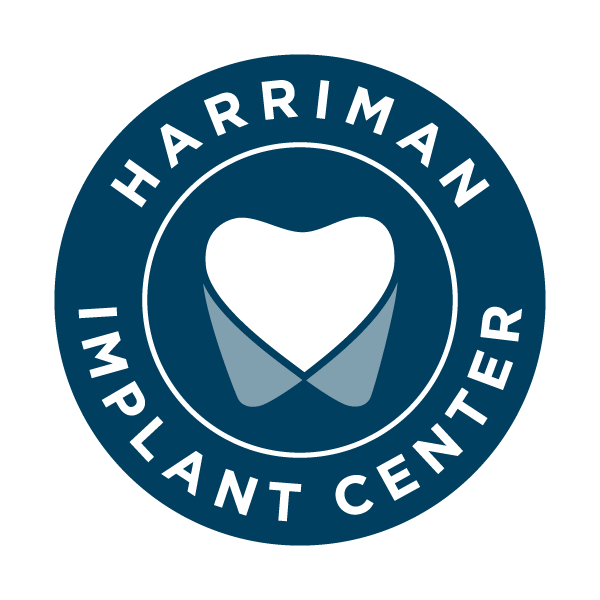What if having a cavity didn’t mean getting a filling? Or, better yet, what if you could do more to prevent cavities than just brushing and flossing? Those are the driving questions behind CAMBRA (Caries Management By Risk Assessment), which is 21 years young this year.
CAMBRA is an approach to dentistry that seeks to replace the standard drill-and-fill model with a more nuanced and comprehensive approach to preventive dentistry. It looks at ways to identify people with high risk of cavities (which dentists often call caries) and deliver appropriate preventive treatments. Then, when cavities begin to form, it utilizes not just standard dental care, but lifestyle changes as well to try to mitigate the risk and even encourage the body’s natural healing mechanisms to restore cavities.
And this approach deserves celebrating, as it’s been shown to improve the quality of life for patients over the long-term.
What Is CAMBRA?
The theory behind CAMBRA is very simple: there are some factors that can cause you to develop cavities, and some factors that can prevent you from developing cavities. If these two are in balance, you won’t get cavities.
If the balance tips in one direction, you might begin to develop cavities, but if it tips the other way, your teeth might actually begin to repair cavities, although this process is slow and limited.
CAMBRA then proposes that the proper way to protect people’s teeth is to assess their risk factors and do what we can to tilt the balance in favor of prevention.
Risk and Protection Factors
CAMBRA looks at both risk factors, which increase your risk of cavities, and protection factors, which reduce your risk of cavities.
It also has two different categories of risk factors: disease indicators and environmental or biological factors. Disease indicators are perhaps the most important because the people most likely to develop new cavities are those who already have cavities. So, looking at the existence of cavities on your teeth is critical to assessing your overall risk.
There are many different environmental and biological risk factors. People who have more plaque are more likely to develop cavities, for example. If you have low saliva flow, that can also increase your risk. It can also be impacted by the shape of your teeth, which might have deep pits and fissures (which can be protected with dental sealants). Lifestyle factors can also make a difference. If you’re a frequent snacker, for example, or if you’re a recreational drug user.
Protective factors can be controlled by you in some cases, but in other cases you are simply at the mercy of fate. For example, you can get fluoride exposure through water, fluoride toothpaste, mouthwash, or tooth varnishes.
Although a dentist should always help patients with regular dental checkups, dentists can offer other interventions to reduce a person’s risk of cavities, such as washes, varnishes, and even candy or gum that have protective ingredients.
CAMBRA Works in Practice
Although CAMBRA seems an elegant theory, it wouldn’t be worth anything if it didn’t work in practice. However, a new study shows that CAMBRA can indeed help people who are at a high risk for cavities to reduce their level of risk. It shows that 75% of high-risk patients ceased to be high-risk within two years of CAMBRA. And patients treated with the CAMBRA method could see an up to 40% reduction in cavities.
Protect Your Teeth in Orange County, NY
When done right, dentistry doesn’t have to be about drilling and filling your teeth. Instead, it’s best to take a preventive approach and preserve your natural tooth enamel.
If you are looking for a prevention-focused dentist in Orange County, NY, please call (845) 783-6466 today for an appointment at Harriman Family Dental, serving Harriman and surrounding areas.



